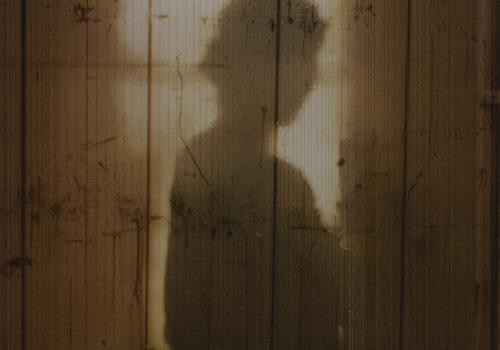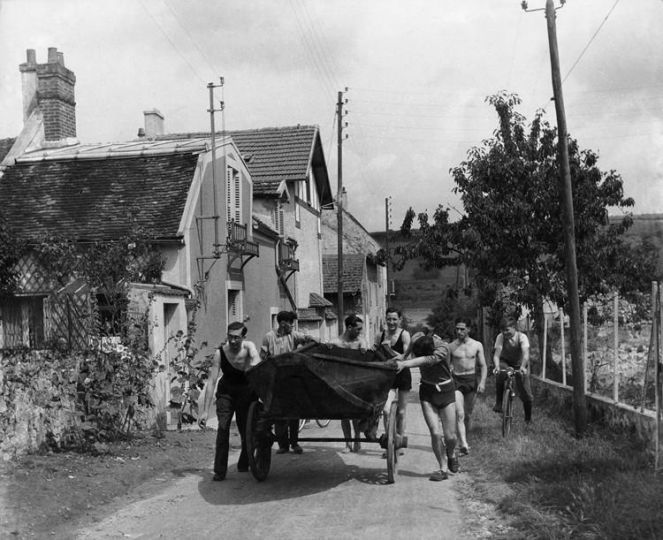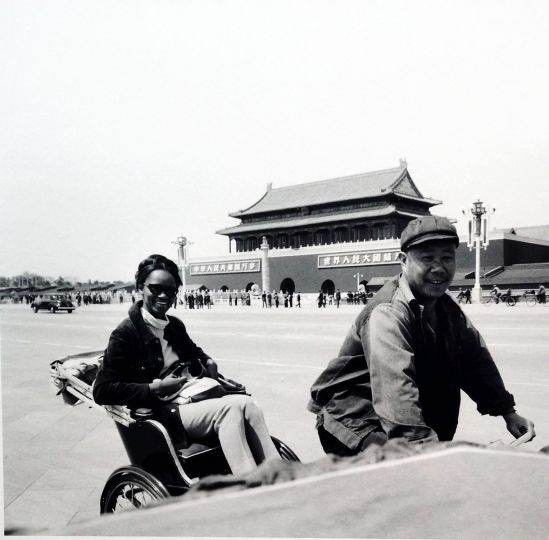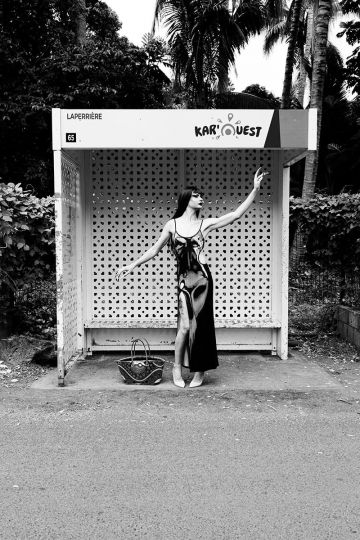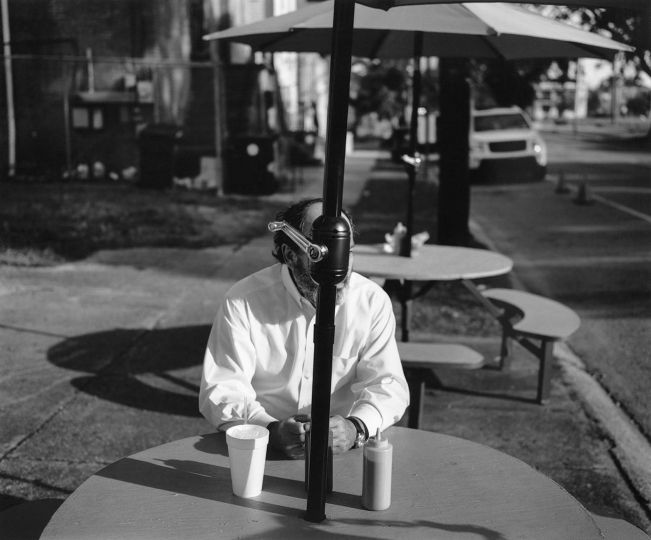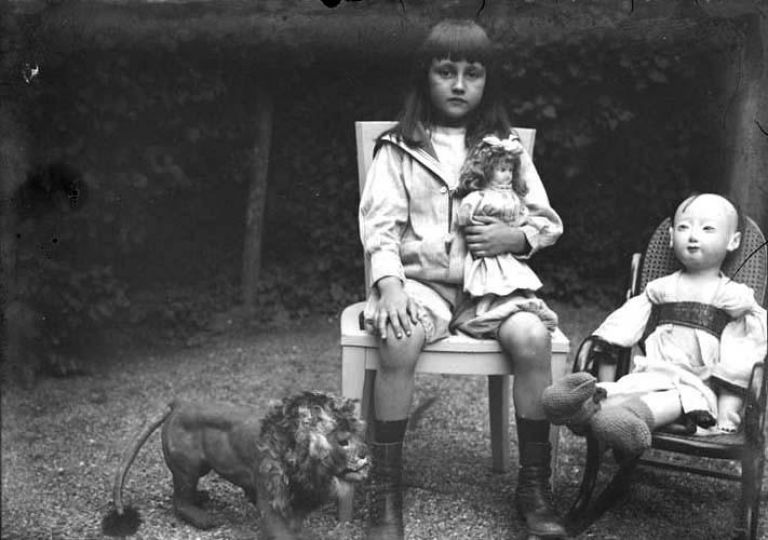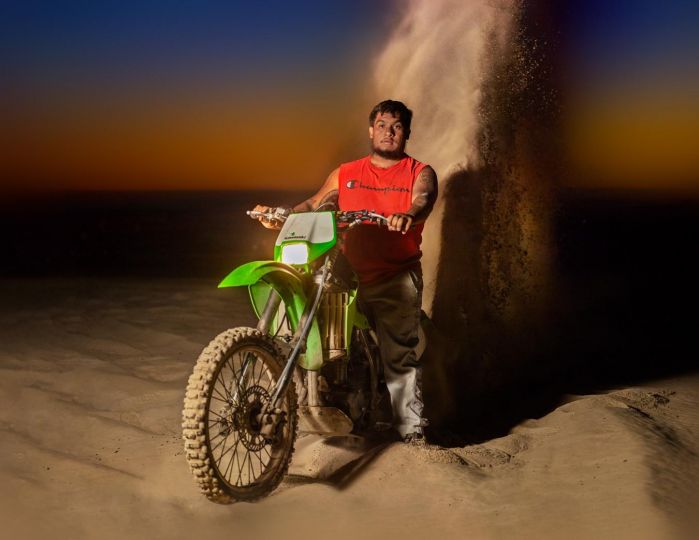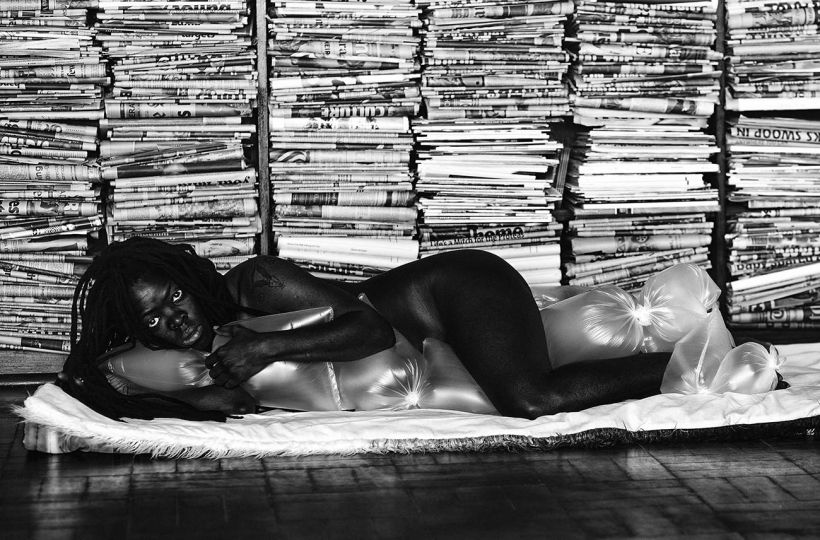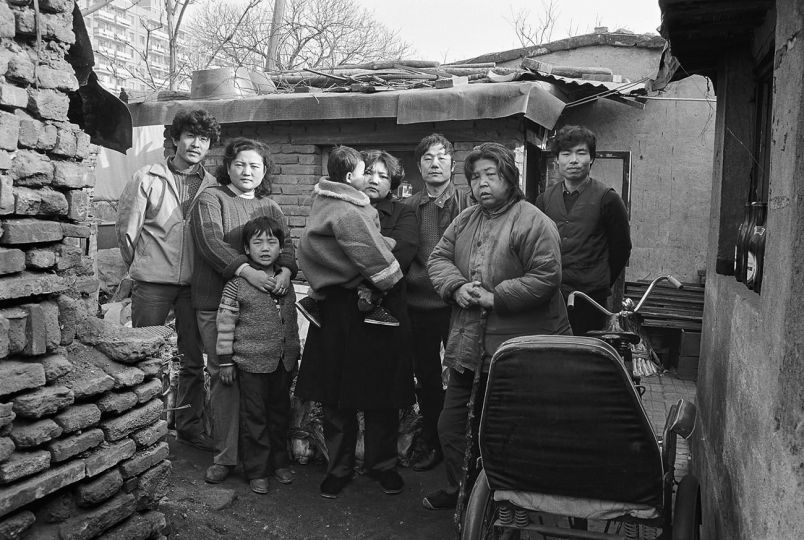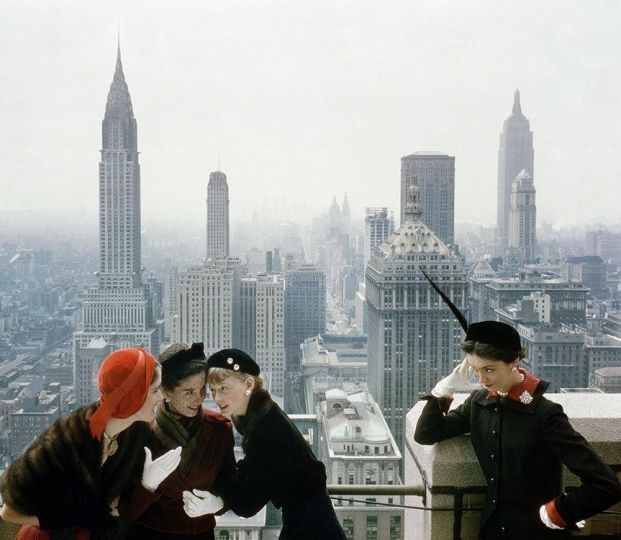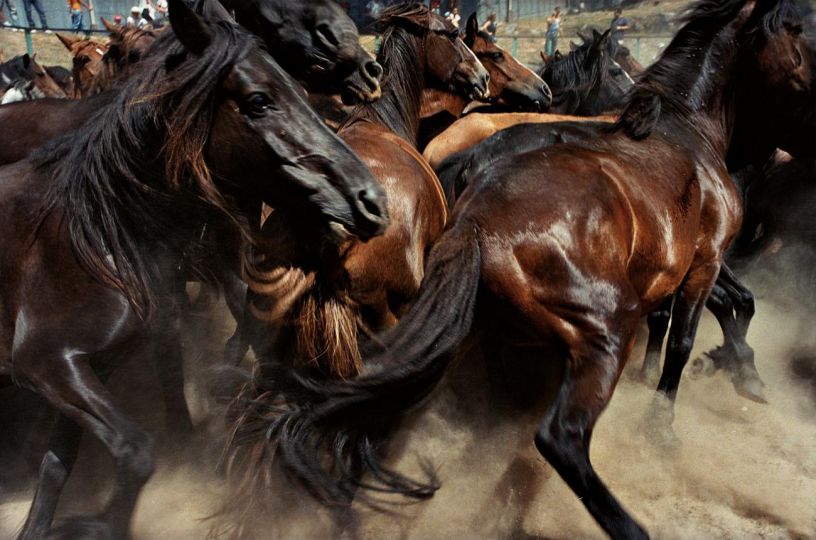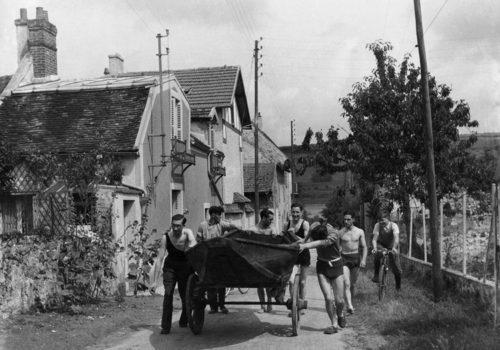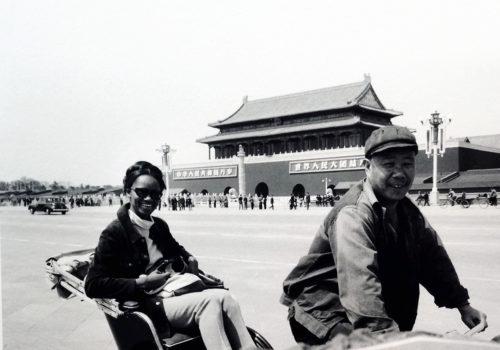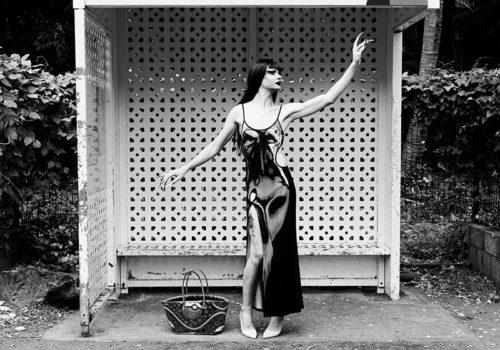Danish artist Susanne Wellm talked to Zoe Isle de Beauchaine about her idiosyncratic practice of weaving photography and her first Parisian exhibition, which runs until July 13 at Galerie XII.
How did you come to photography?
During my studies in textile design, I was introduced to photography and darkroom techniques for a semester, and it felt like magic. I became completely enamored with photography, a medium that had fascinated me since childhood. My father, who was quite passionate about photography, turned out to be quite skilled at it. When we returned home from our travels, he would create a slide show to share with friends and family. I remember sitting in the dimly lit room around the coffee table, watching both the slide show and, what I remember most vividly, the films. I still recall the sound and smell of the projector.
You’ve explored the many facets of the medium: What is important to you in photography?
Photography, for me, is deeply intertwined with evoking specific emotions and blurred memory glimpses : layers that can be added or peeled away, all drawn from the deepest well.
The most important aspect for me is to preserve a sense of mystique. To maintain a space that both the creator and the viewer can explore without necessarily finding concrete answers. It fascinates me that humans have an inherent ability to constantly decode and find meaning and coherence in what they see. This is partly why I love creating sequences and juxtapositions, both in book form and for exhibitions. I often don’t know exactly what drives this, but I know when it poses more questions than answers, and that’s when I truly find it interesting. I see myself as a storyteller, but one that opens ambiguous interpretations.
Craftsmanship is also a big part of your approach.
I have always been fond of the craftsmanship in everything I have been involved in. I have worked with analog Polaroid photography, Olympus Pen half-frame, Super 8 film, and more. But when photography went digital, I quickly felt that I had lost something fundamentally important to me as a creative artist. The craftsmanship, feeling the resistance of the material, working with things and enjoying the process, and accepting that things take time, and that time also has value just as materiality does.
This feeling of concern towards the digital camera led you to developing a new technique, mixing photography and weaving. Can you tell us more about it?
Digital photography had become too easy, or rather, it had lost the magic for me. I took some time off and began to experiment with the photographic medium again. I listened to what initially led me to work with photography. Here, I could see that my background as a textile designer would show me a new path back to the more craft-oriented and tactile aspects. I started with some smaller textile and photographic experiments and eventually arrived at weaving my prints. Initially, these were quite unsuccessful attempts, but I could see the potential, so I search for a method that worked. I have been weaving and threading my photographs ever since.
When I look at the resulting images, they sometimes make me think of a puzzle. Photography can sometimes be a puzzle, a quest to find the true and full image. Are such questions present in your work?
Yes, I consider photography as puzzles and pieces that can be rearranged to give, if not a complete picture, then fragments that suggest an overall image. My most profound artistic experience was watching a theater performance by the renowned Pina Bausch at the Tanzteater Wuppertal. It was the opening scene, executed with the simplest of means, yet it unleashed a tsunami of emotions, and the senses were completely open. I often remember this inspiring experience when I’m at work. It’s also how I often begin my series; I find an entry point, like a “first frame,” much like in a film. From there, starting the puzzle and finding the first pieces , and the story is built around those initial pieces.
Why did you title your exhibition “de l’autre côté” (from the other side)?
I can often sense when I’m in a particularly observant mood, which I call “Hyper presence.” When I am photographing, I can choose whether to feel the subject or just register what I see. It’s a choice whether to protect oneself or to delve deep into a feeling or an experience.
A central piece in the exhibition at Galerie XII in Paris is titled “Shifting Moods,” and that’s precisely what I refer to here with the title “from the other side.” In a text that curator Gabriel Bauret beautifully wrote for the artist book I made for the exhibition, he describes the subtle sense of anticipation that arises in the theater before the curtain rises. The audience is present, the sound of chatter becomes a buzz that the actors on the other side of the curtain can sense, and everyone is ready for what will reveal itself on the other side. But it’s also a celebration of seeing the small things in your path, like reflections in a puddle, and seeing the world around you with humble eyes.
Susanne Wellm – De l’autre côté
April 19th – July 13th, 2024
Galerie XII Paris
14 rue des Jardins Saint-Paul 75004 Paris

